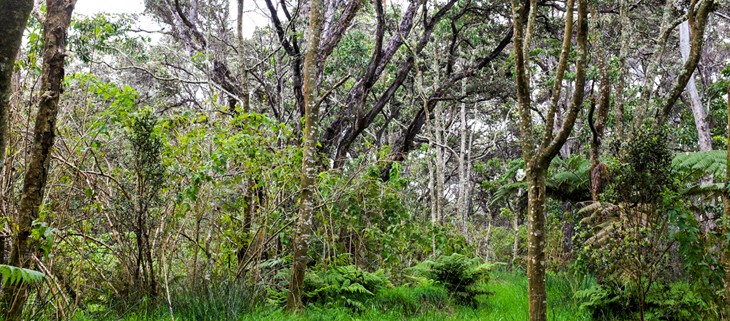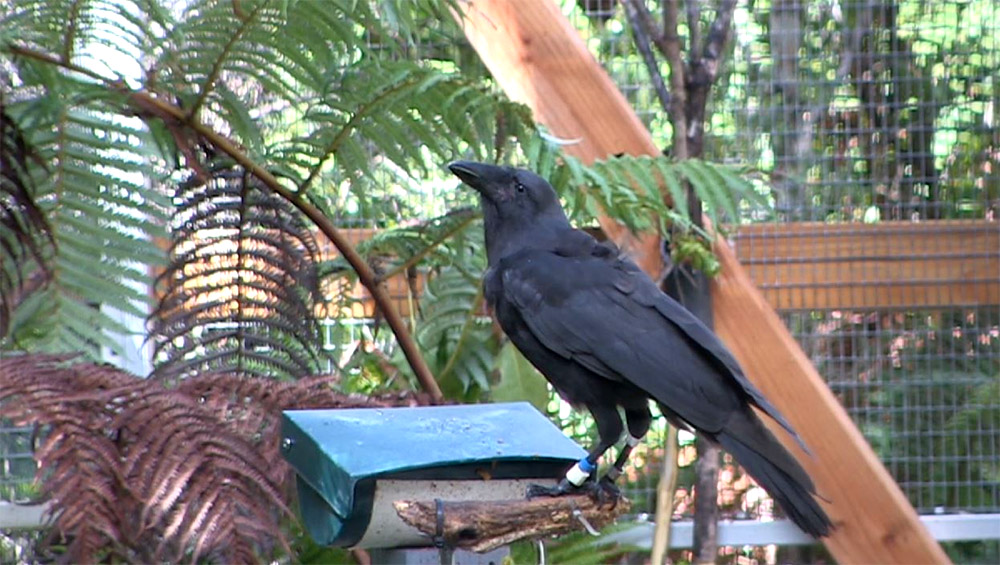December 4, 2024
The Ebiil Society: Champions of Palau
Ann Singeo, founder of our partner organization the Ebiil Society, shares her vision for a thriving Palau and a flourishing world of indigenous science!
We use cookies to help you navigate efficiently and perform certain functions. You will find detailed information about all cookies under each consent category below.
The cookies that are categorized as "Necessary" are stored on your browser as they are essential for enabling the basic functionalities of the site. ...
Necessary cookies are required to enable the basic features of this site, such as providing secure log-in or adjusting your consent preferences. These cookies do not store any personally identifiable data.
Functional cookies help perform certain functionalities like sharing the content of the website on social media platforms, collecting feedback, and other third-party features.
Analytical cookies are used to understand how visitors interact with the website. These cookies help provide information on metrics such as the number of visitors, bounce rate, traffic source, etc.
Performance cookies are used to understand and analyze the key performance indexes of the website which helps in delivering a better user experience for the visitors.
Advertisement cookies are used to provide visitors with customized advertisements based on the pages you visited previously and to analyze the effectiveness of the ad campaigns.
Looking to make an impact this Earth Month? Here’s how.

Last fall conservationists held their breath as they released eleven Hawaiian Crows (‘Alalā) into Pu‘u Maka‘ala Natural Area Reserve as part of the ‘Alalā Project. Today you can still hear their synchronized caws; these Hawaiian Crows are thriving after being released into the wild.
This is a big deal to conservationists because the Hawaiian Crow was Extinct-in-the-wild since 2002. The group of seven young males and four young females represent hope that this is the beginning of a recovered population for the now Critically Endangered Hawaiian Crow. Since taking flight from their remote forest aviary in September and October 2017, they have been monitored daily under the watchful eyes of a team from the Hawai’i Endangered Bird Conservation Program, a field program of the San Diego Zoo Global (SDZG). With the help of the Hawai’i Department of Land and Resources and the US Fish and Wildlife Service, the team reared the Hawaiian Crow at centers on Maui and the Big Island.

Every day the Hawaiian Crows are tracked by signals put out from lightweight radio transmitters that they wear. The birds’ behaviors are closely monitored and recorded. The team running the ‘Alalā Project is specifically interested in how the birds react to threats from predators. In 2016 the first release of Hawaiian Crows was halted after two liberated birds were attacked by their natural predator: the ‘Io, or Hawaiian Hawk. Now, prior to their release, the birds receive extensive predator avoidance training.
This training seems to have worked after the team observed the crows applying what they learned in the wild. An ‘Io was seen being chased by four Hawaiian Crows; they disappeared for a moment then returned to their feeder. Alison Greggor, a post-doctoral research associate with SDZG commented:
At this stage we can’t be certain that the training is the crucial piece of the puzzle, but we like to hope that it helped. Actually, being in the wild around predators, observing other forest birds and interactions with predators, is the best training they can possibly get.
Another positive sign of transitioning well into their new forest home is the observation that the Hawaiian Crows are foraging for more native fruit instead of just relying on feeders placed outside of their release aviary. Project Coordinator Jackie Gaudioso-Levita commented:
These birds have adjusted very well to their forest home and it’s just been really inspiring for all of us on the project to see and hear ‘Alalā in the wild again.
The Hawaiian Crow has come a long way since being on the brink of extinction. Conservationists involved in the ‘Alalā Project have nursed this species back to health and today, the future of wild populations seems hopeful. Additional releases are planned for later this year, which will also contribute to the recovery of the Hawaiian Crow.
Featured photo: Hakalau Forest National Wildlife Refuge. Credit: Melissa McMasters
Source: Big Island Now
Check out other journal entries we think you might be interested in.
Notifications